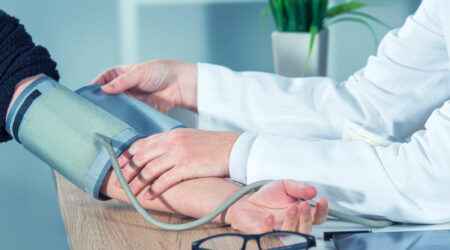
4 common laundry mistakes to avoid
Most people know the basic rule of doing laundry, i.e., putting colored and white clothes in different loads. At times, this can be tedious. However, there are other mistakes you can make during the process. Certain mistakes can also compromise the mechanism of the washer or dryer and sometimes even damage the clothes. Here are some common laundry mistakes you can avoid to increase the life of your clothes and washing machine. Using too much laundry detergent Many believe putting more detergent in the washer will make the clothes cleaner. But this is far from the truth. Usually, using more laundry detergent than necessary can lead to the creation of suds that may not wash away easily. This can often leave a sticky residue that may attract dirt and bacteria. Therefore, using the recommended detergent amount for the laundry load size is best. Failing to sort clothes by material While you might sort your clothes by color, you may make the mistake of not sorting them by material. While this may seem alright, it can cause immense damage to the clothes. For instance, putting heavy items like jeans in the same load as delicate fabrics can cause abrasion, permanently damaging the clothes.
Read More 









